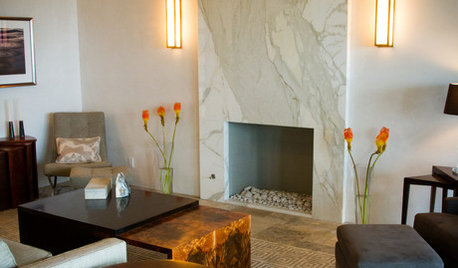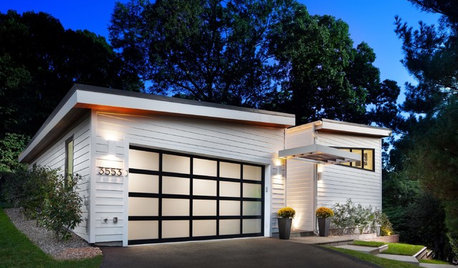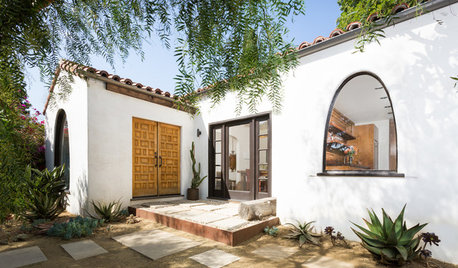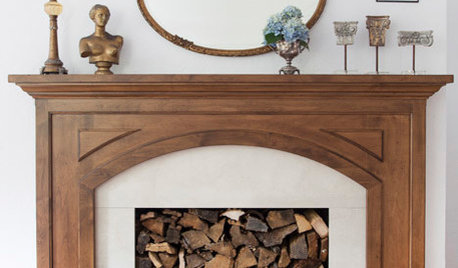natural gas ventless heater,usable??
sustar
11 years ago
Related Stories

PRODUCT PICKSGuest Picks: Set Up an Outdoor Living Room
With an outdoor movie screen, a patio heater or fan, and scads of entertaining essentials, you may never want to go back inside
Full Story
LIVING ROOMSHow to Convert Your Wood-Burning Fireplace
Learn about inserts and other options for switching your fireplace from wood to gas or electric
Full Story
FIREPLACESRibbons of Fire: 10 Artfully Minimalist Fireplaces
Long and lean and sleek to the core, these gas-burning fireplaces make a powerful contemporary statement
Full Story
GREEN BUILDINGHealthy Home: Sunrooms and Conservatories
Discover how bringing in natural light can give your life a healthy glow
Full Story
FIREPLACES12 Hot Ideas for Fireplace Facing
From traditional brick to industrial steel, there’s a fireplace cladding here to light up your design
Full Story
BASEMENTSBasement of the Week: A Creative Space for Kids and Storage for All
With mudroom organizers, laundry and a well-organized space for crafts, this basement puts a Massachusetts home in balance
Full Story
GARAGESKey Measurements for the Perfect Garage
Get the dimensions that will let you fit one or more cars in your garage, plus storage and other needs
Full Story
BEFORE AND AFTERSHouzz TV: See Recycled Walls and Cool Cassette Art in a Woodsy DIY Home
Walnut countertops join hardwood floors and pieces made from leftover framing in a bright Spanish colonial
Full Story
LIVING ROOMSNew This Week: 3 Sunrooms Straight Out of Our Dreams
Heated floors, comfy furniture and walls of windows make these recently uploaded sunrooms the places of our sun-drenched fantasies
Full Story
LIVING ROOMS8 Reasons to Nix Your Fireplace (Yes, for Real)
Dare you consider trading that 'coveted' design feature for something you'll actually use? This logic can help
Full Story






fruitnut Z7 4500ft SW TX
orchiddude
Related Professionals
Salisbury Landscape Architects & Landscape Designers · Seabrook Landscape Architects & Landscape Designers · Pelham Landscape Contractors · Wilmington Landscape Contractors · Brunswick Landscape Contractors · Duarte Landscape Contractors · Edwardsville Landscape Contractors · North Plainfield Landscape Contractors · Ridgewood Landscape Contractors · Wanaque Landscape Contractors · Winter Gardens Landscape Contractors · North Tustin Solar Energy Systems · Riverside Solar Energy Systems · Shelton Solar Energy Systems · Western Springs Solar Energy Systemssandy0225
cole_robbie
orchiddude
orchiddude
cole_robbie
oakhill (zone 9A, Calif.)
orchiddude
sandy0225
orchiddude
fruitnut Z7 4500ft SW TX
sandy0225
mrdoitall
fruitnut Z7 4500ft SW TX
Mike Larkin
steve333_gw